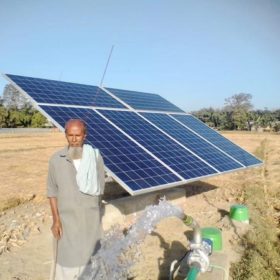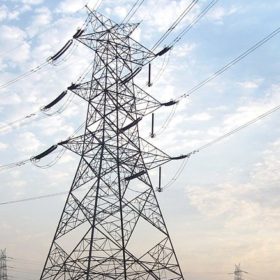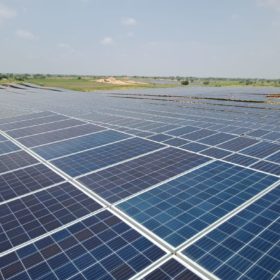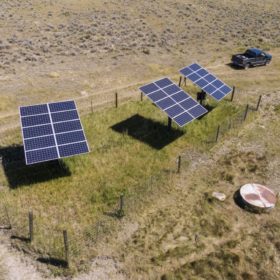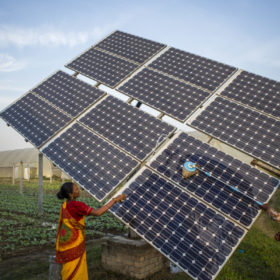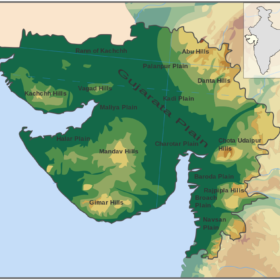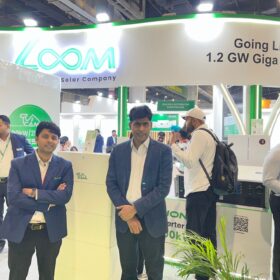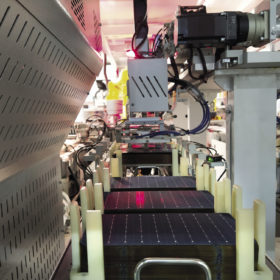EESL tenders for 317,975 solar pumps across India
Bids are invited to supply, install and commission an aggregate 317,975 quantity of 1-10HP off-grid solar pumps across India. Bidding closes on February 4.
Debunking feeder segregation
Feeder segregation, i.e., the installation of dedicated electricity supply lines for agriculture, is often celebrated as the solution to the electricity utilities’ pain point of free or highly subsidized electricity supply for agriculture. But does it address the root cause of the issue?
Guidelines issued for feeder-level solar plant installation under PM KUSUM Scheme
The Distribution Companies (DISCOMs) shall be the implementing agency for agricultural feeder-level solar plants and shall incentivize farmers for consuming power below the benchmark consumption for their area—an important measure for conserving groundwater level.
The unstoppable trajectory of photovoltaic water pumps
Scientists in Russia have analyzed the most important technological advances achieved for solar water pumps over the past decades and have indicated the roadmap that future research should follow to expand their use and application.
MNRE invites EoI for installation of innovative solar pumps
The innovators will be required to showcase their technologies in real field conditions. The shortlisted ones will be empanelled and allocated sites to install solar pumps under the Pradhan Mantri Kisan Urja Suraksha evem Utthan Mahabhiyan (PM KUSUM) Scheme.
CEL tenders distributed solar on farmland in Rajasthan
Central Electronics Limited has invited bids to install distributed, grid-connected PV systems for solarization of existing agriculture pumps in Tonk district. Bidding closes on September 19.
India’s solar future: Domestic first, international second
The International Solar Alliance signals India’s hope to be a global competitor in emerging technologies and cement its place as an institution builder. But how does India’s vision translate into domestic policy? Has India led by example?
Uttar Pradesh will become the hub of solar energy, says State’s energy minister
15 GW of utility scale and 8.5 GW grid-connected rooftop solar by year 2030 is the new target set for the state which is currently chasing year 2022 target of 6.4 GW and 4.3 GW, respectively.
Gujarat to provide Rs 912 crore subsidy for rooftop solar this fiscal
The state budget for 2020-21 has also allocated Rs 125 crore under Pradhan Mantri KUSUM Yojana to solarize 18,500 grid-connected pumps and for standalone offgrid solar power agriculture pumps.
Haryana tenders 25 MW farmland solar under PM KUSUM
Applications are invited for setting up cumulative grid-connected capacity of 10 MW for Uttar Haryana Bijli Vitran Nigam and 15 MW for Dakshin Haryana Bijli Vitran Nigam. The solar power generated will be purchased by Discoms at a pre-fixed levelized tariff of Rs 3.11/KWh.
